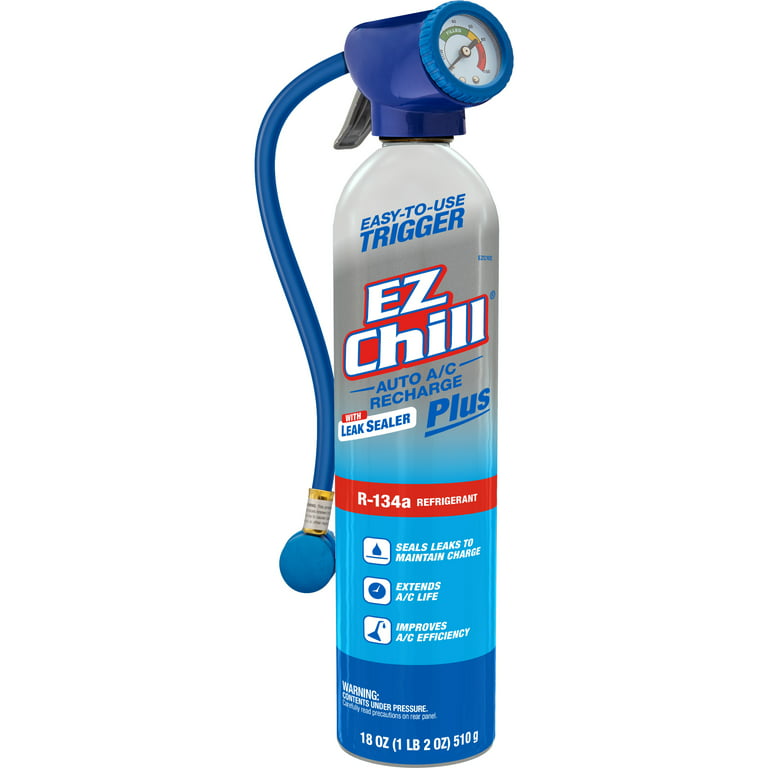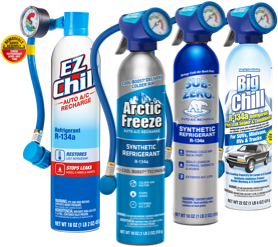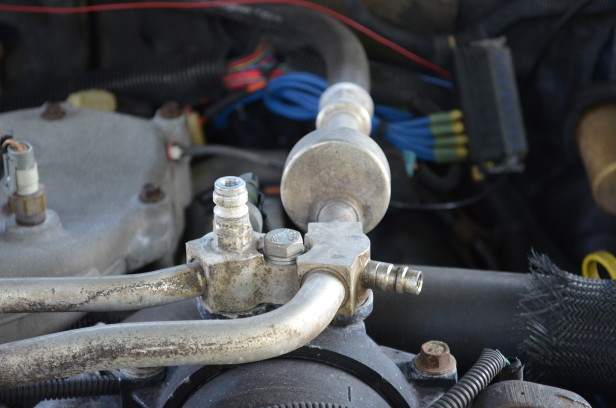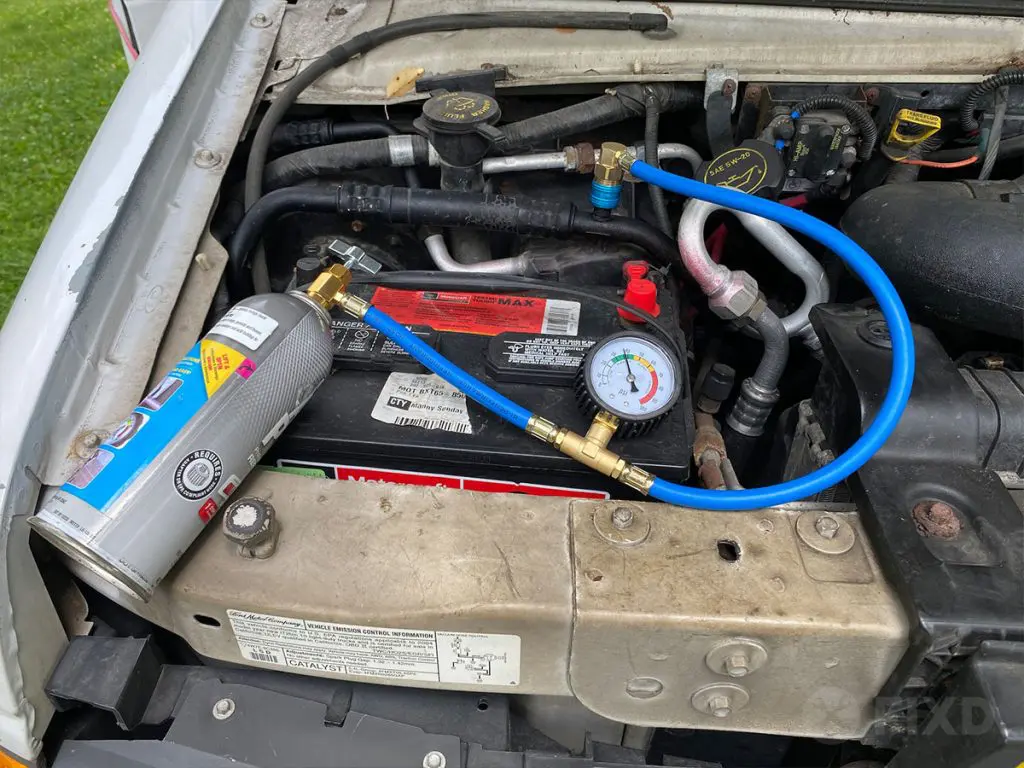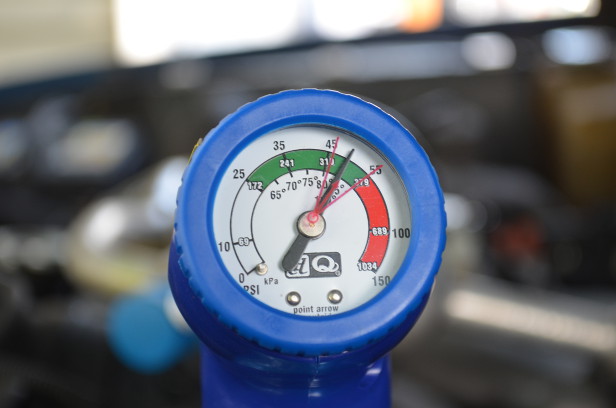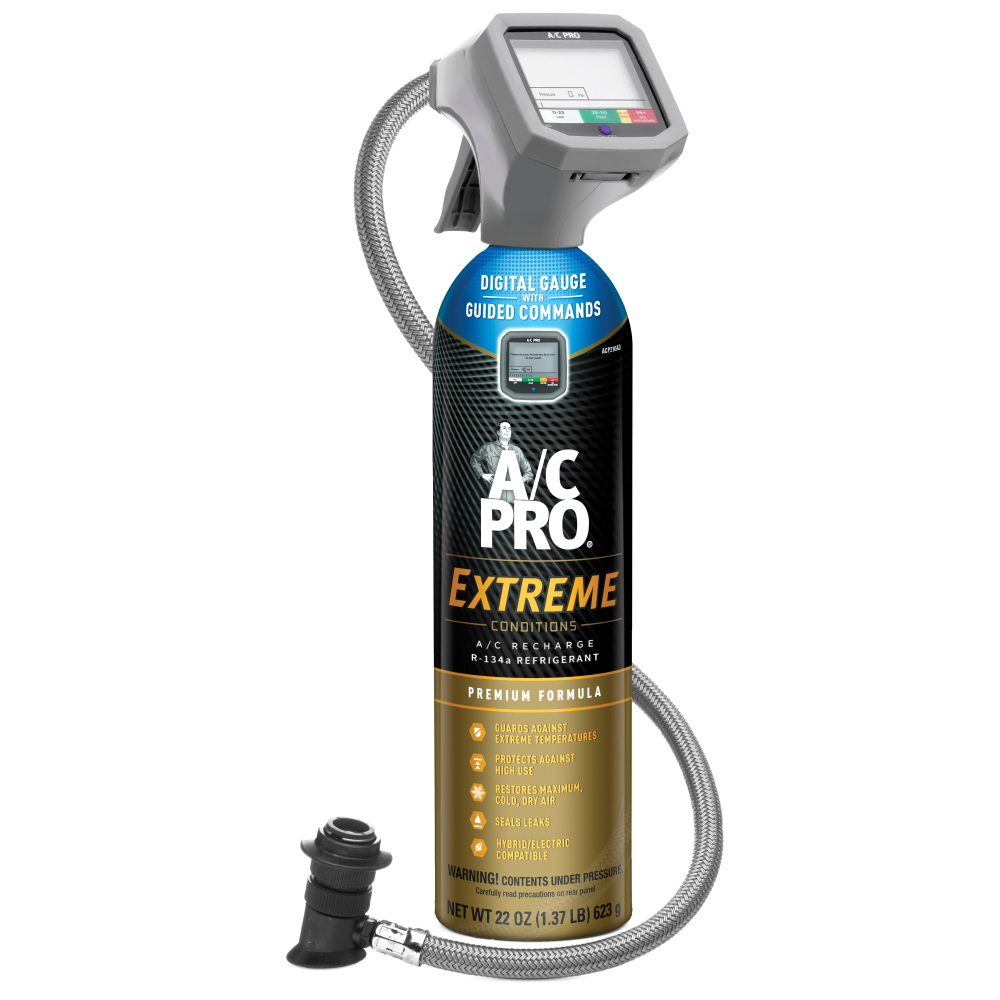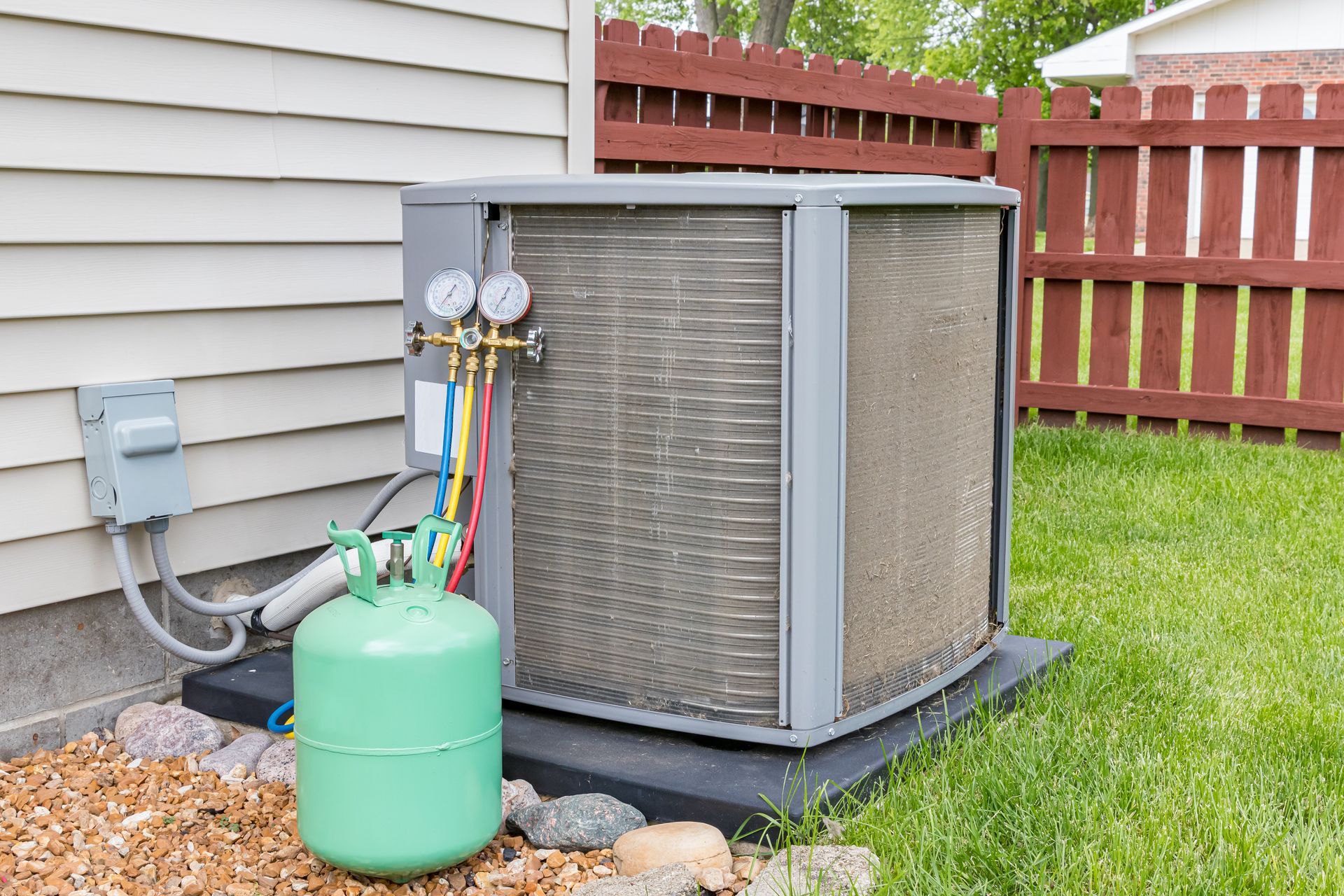
Amazon.com: Mr. Freeze Car Air Conditioner Synthetic R134A Refrigerant, AC Recharge Kit with Hose and Wireless Digital Temperature Sensor, 14 Oz : Automotive
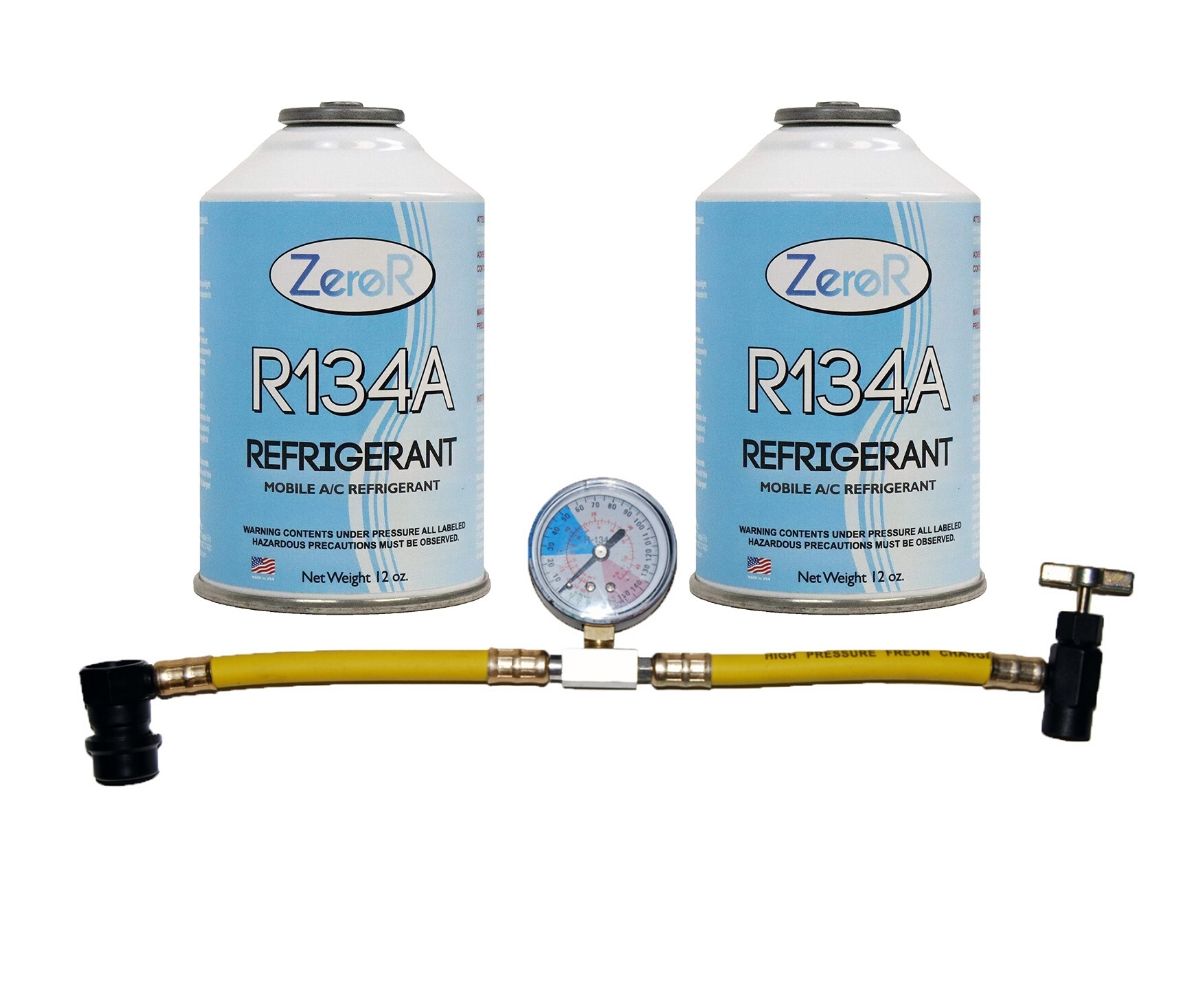
ZeroR® R134a AC Refrigerant Top Off -Kit in a 12oz Self-Sealing Container - USA Made (3 Items) - DiY Parts

Amazon.com: Arctic Freeze Auto A/C Recharge R-134a Synthetic Refrigerant for MVAC use in a 14-Ounce Self-Sealing Container with Stop Leak - Includes 14oz R134A & Recharge Hose - NO Gauge : Automotive

Amazon.com: AC Pro Car Air Conditioner Synthetic R134A Refrigerant, AC Recharge Kit with Hose and Gauge, 20 Oz, ACP200-6 : Automotive

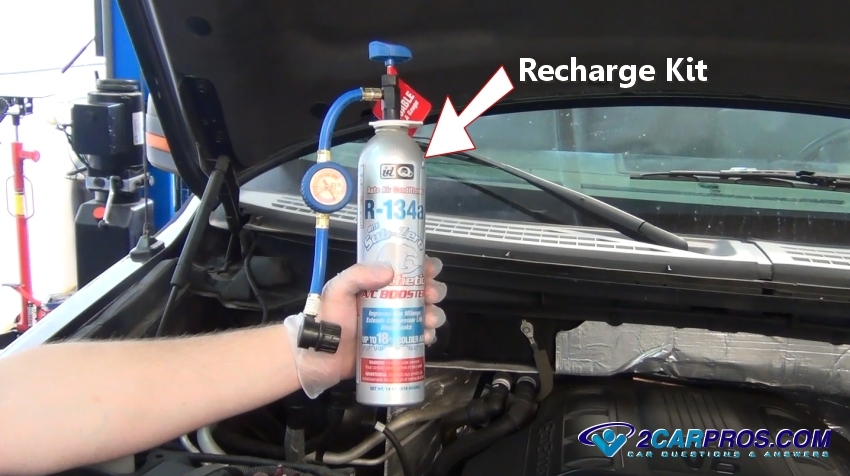
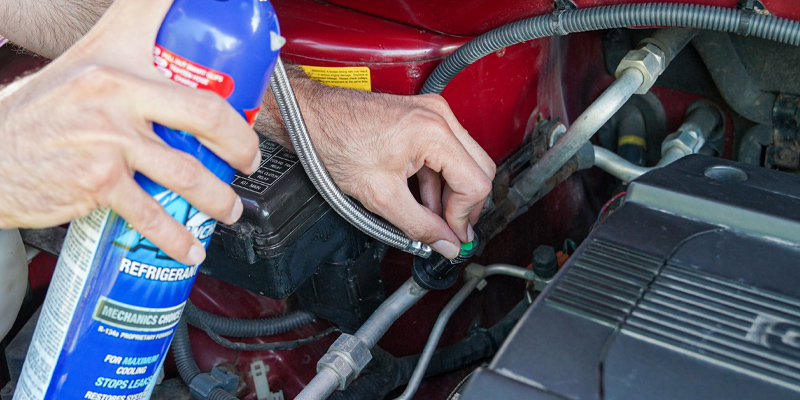

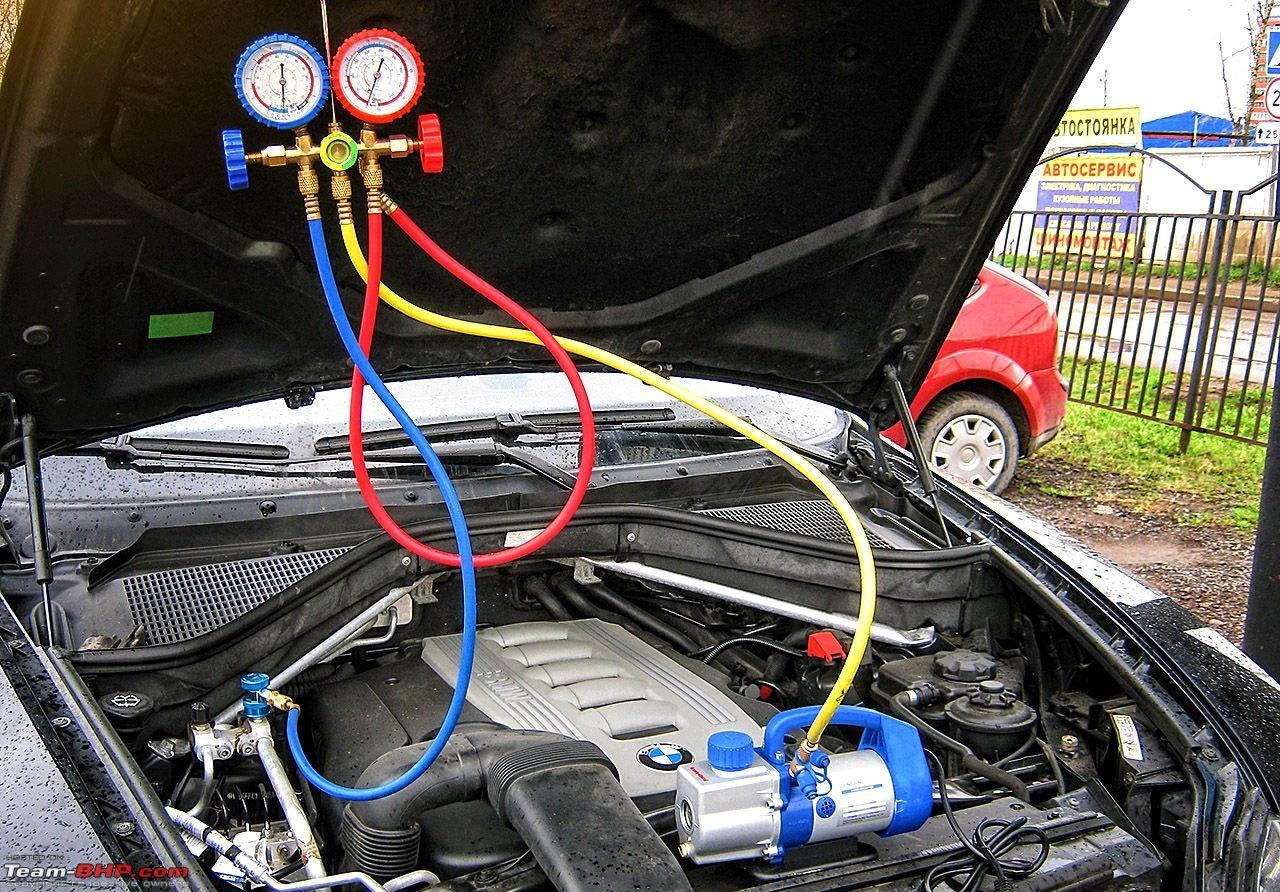
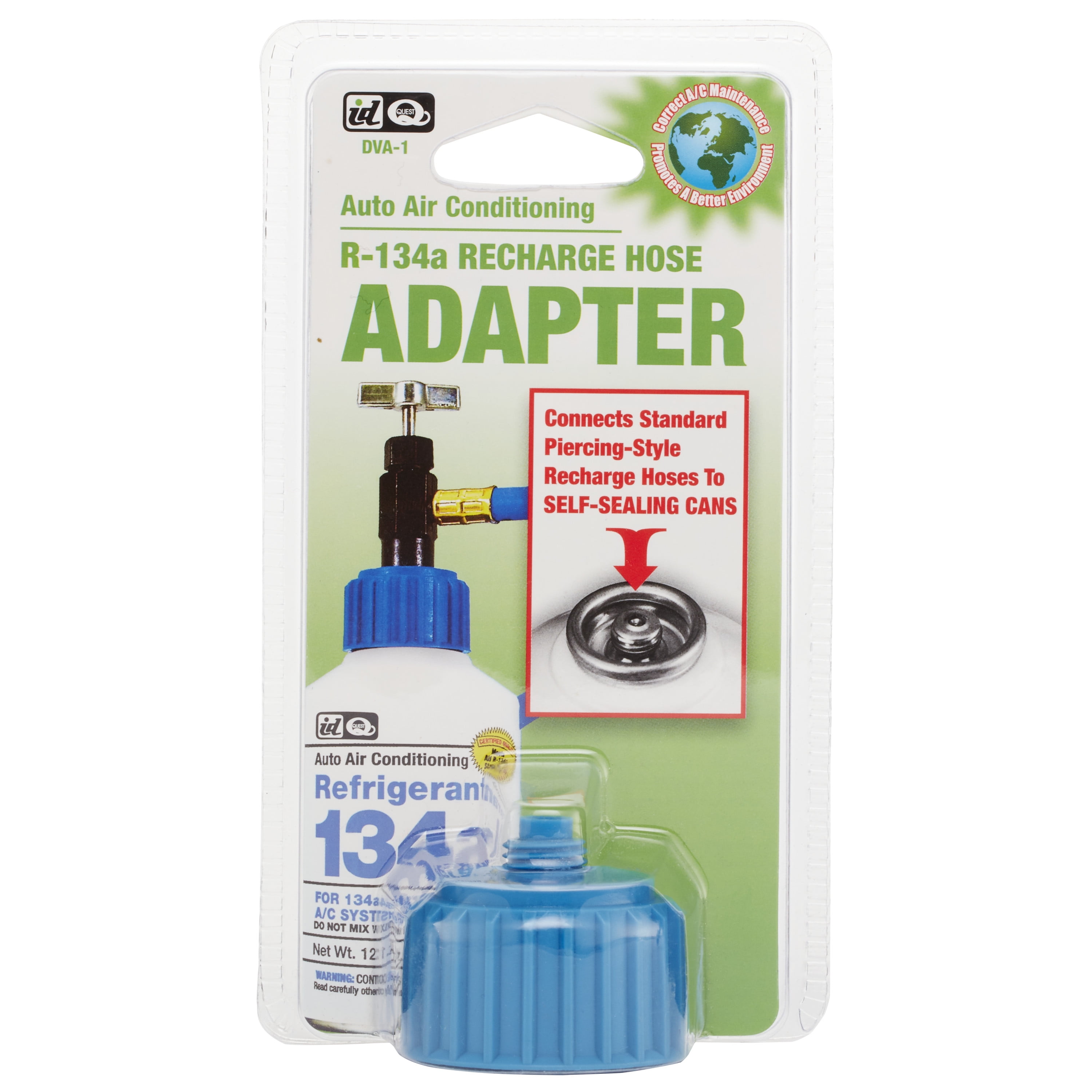

.2204211300379.jpg)


